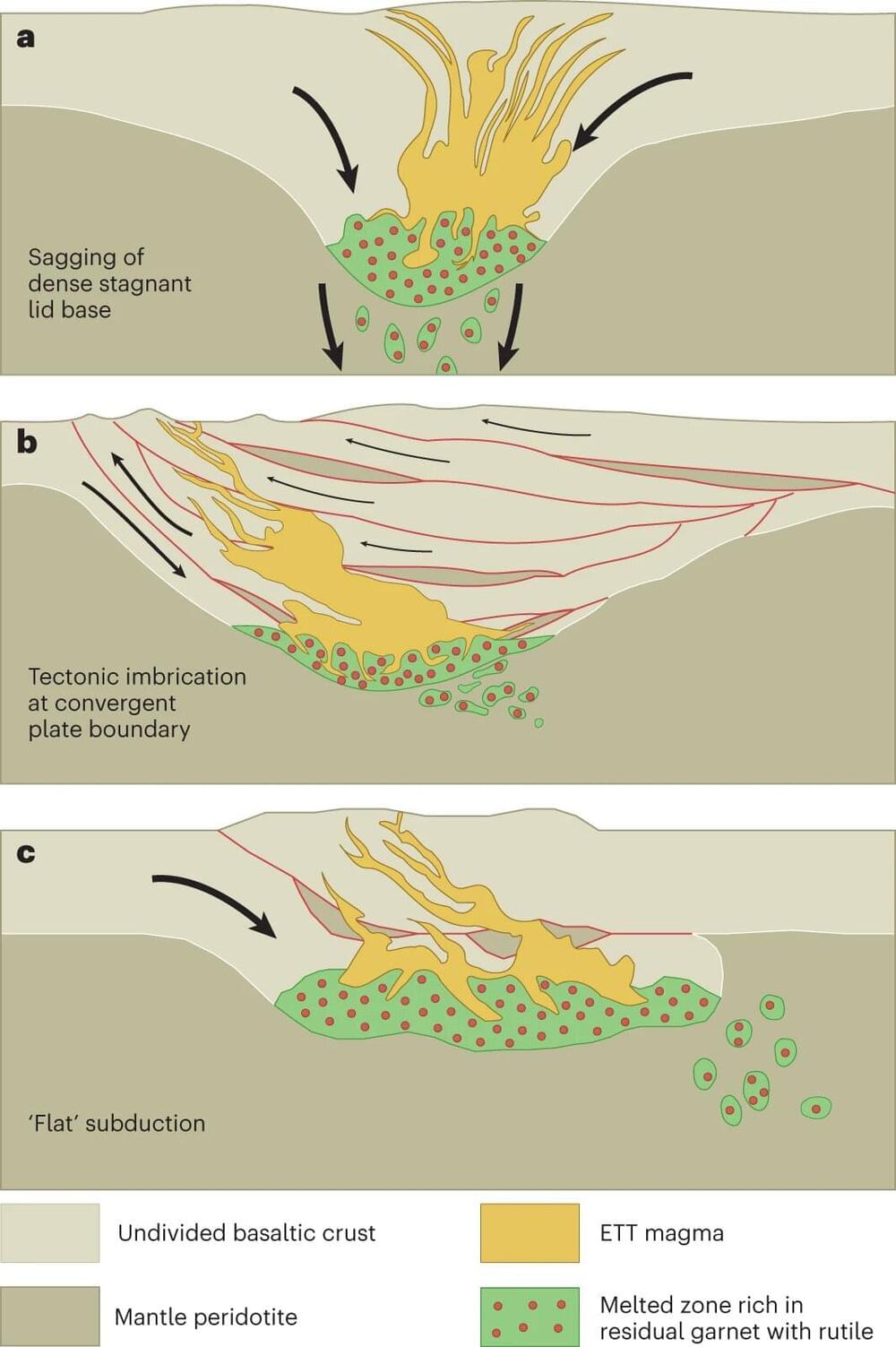The Earth’s oldest surface layer forming continents, termed its crust, is approximately 4 billion years old and is comprised of 25–50km-thick volcanic rocks known as basalts. Originally, scientists thought that one complete lithospheric crust covered the entire planet, compared to the individual plates we see today which were believed to have only begun formation 1 billion years later. However, attitudes towards this hypothesis are being challenged.
The formation mechanism of this continental crust is somewhat enigmatic, with academics now suggesting it may have been driven by plate tectonics, the movement of Earth’s major surface plates across the globe over billions of years, forming the landmasses and topographic features which we see today.
One theory focuses on when the plates converge, often causing one to subduct beneath the other, resulting in partial melting to change magma composition, while another studies mechanisms occurring within the crust itself (at less than 50km depth) that are entirely separate from plate boundaries but also cause partial melting.










Comments are closed.